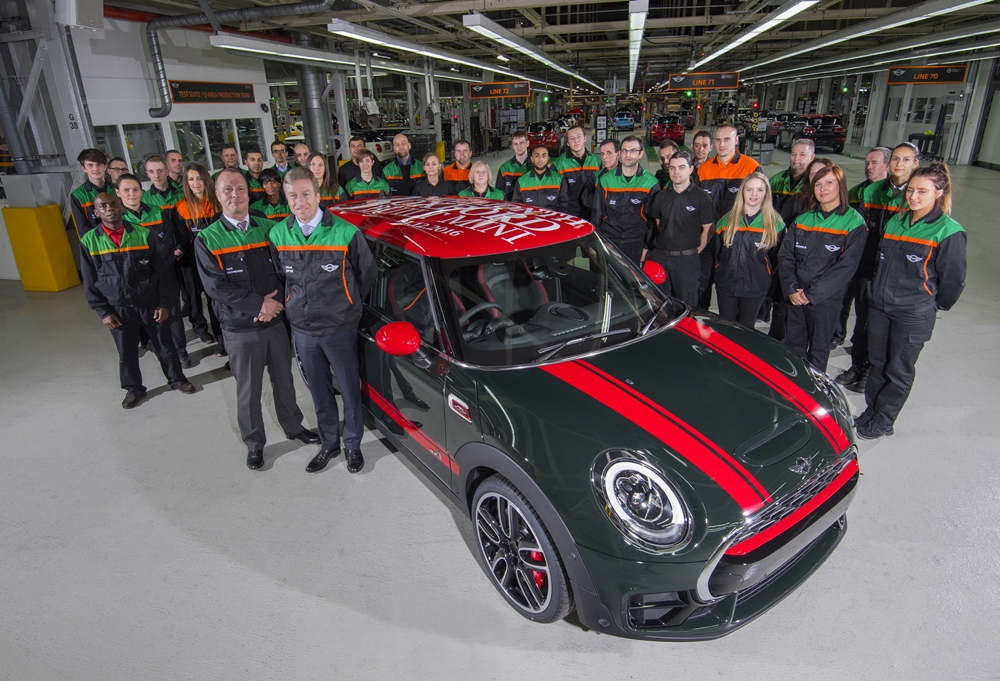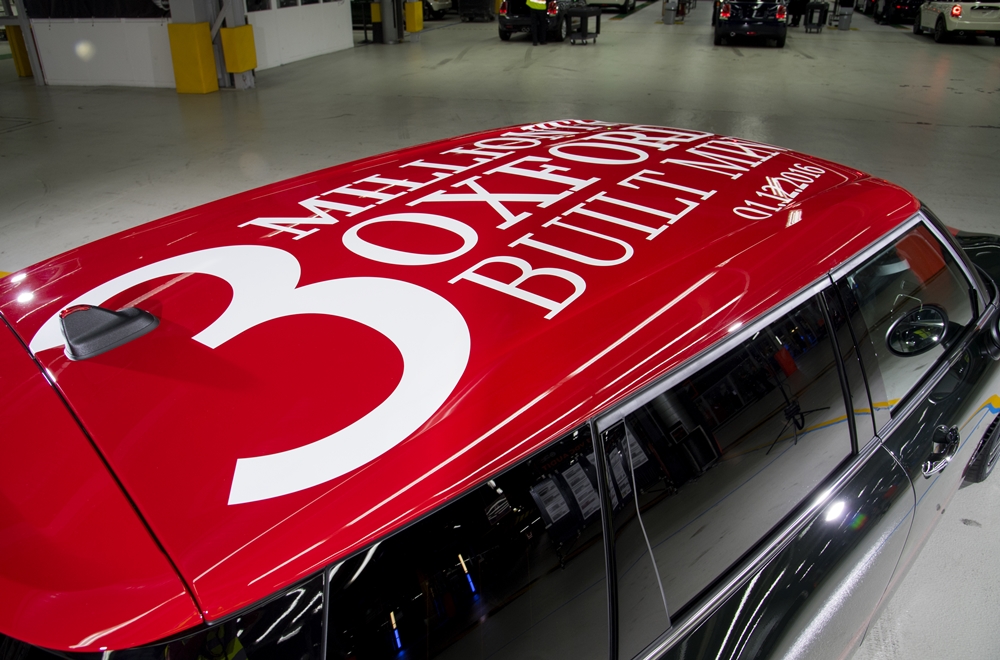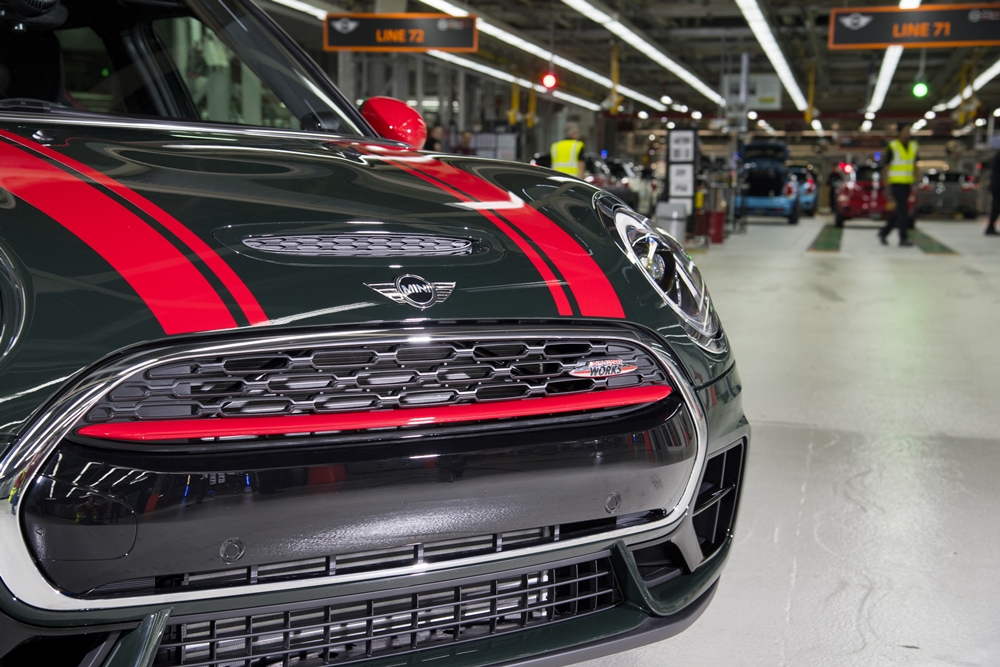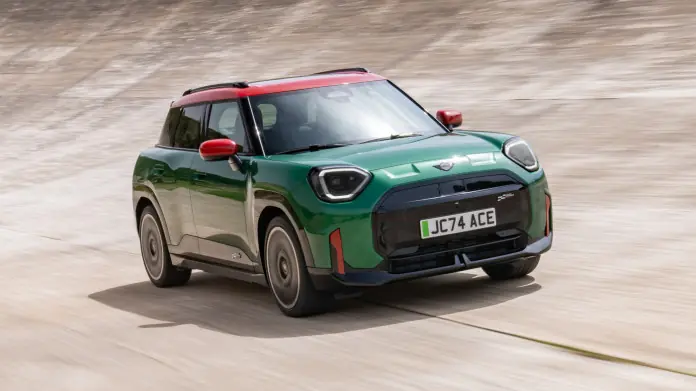
Plant Oxford recently celebrates the 3 millionth MINI to roll off the assembly line since production began back in 2001. The 3 millionth Oxford-built MINI is a John Cooper Works Clubman that features the latest John Cooper Works performance enhancements and a new ALL4 all-wheel drive system.
From around 300 cars a day in 2001 to around 1,000 built to order cars today, the Oxford plant produce one new MINI almost every minute. Since the company began building MINIs back in 2001, the car has proven hugely popular with customers right around the world and today, 80% of MINIs built at the plant are exported to more than 110 markets across the world.

Sales of MINI, both in the UK and internationally, have gone from strength to strength over the last 15 years. In its first year, nearly 40,000 MINIs were sold worldwide. By 2015 this number had risen to nearly 340,000. 3 UK plants have a part to play in its production – Hams Hall near Birmingham makes engines, Swindon produces body pressings and sub-assemblies for MINI, and this all comes together at Oxford with body shell production, paint and final assembly. Together these plants have helped to generate and sustain employment for thousands of people directly and indirectly though the wider supply chain and retailers.
Oxford, the heart and home of MINI production, has a rich motor manufacturing history. It has been building cars since 1913 when the great designer, entrepreneur and philanthropist William Morris (later Lord Nuffield), produced its first car, a “Bullnose” Morris, near today’s present state-of-the-art MINI production facility.

The classic Mini, designed by Sir Alec Issigonis and launched in 1959, revolutionised the automotive world and was produced at Oxford until 1968 with a peak output of 94,889 cars during 1966-7.
Models built at Oxford today include three and 5 door MINIs, the MINI Clubman and its first all-wheel drive All4 model – and the high-performance MINI John Cooper Works.
Other posts by AF Newsdesk







